 Prime Minister Mark Carney is embarking on a pivotal meeting with Mexican President Claudia Sheinbaum, just as the United States officially launches the process to review the North American trade agreement. The Office of the US Trade Representative will seek public comments on the Canada-US-Mexico Agreement (CUSMA) over 45 days and has scheduled a public hearing in November. Public consultation is required by law and is a clear sign that the Trump administration is preparing to renegotiate, not just review, the trilateral agreement, says Eric Miller, president of Rideau Potomac Strategy Group. Under the current agreement, Canada’s trade with the U.S. is 85% tariff free, but that could change when CUSMA expires next June. …It’s under this pressure that Carney is meeting with Sheinbaum to strengthen their bilateral relationship and increase trade. Mexico is Canada’s third biggest trading partner and last year, the two countries did $56 billion in imports and exports.
Prime Minister Mark Carney is embarking on a pivotal meeting with Mexican President Claudia Sheinbaum, just as the United States officially launches the process to review the North American trade agreement. The Office of the US Trade Representative will seek public comments on the Canada-US-Mexico Agreement (CUSMA) over 45 days and has scheduled a public hearing in November. Public consultation is required by law and is a clear sign that the Trump administration is preparing to renegotiate, not just review, the trilateral agreement, says Eric Miller, president of Rideau Potomac Strategy Group. Under the current agreement, Canada’s trade with the U.S. is 85% tariff free, but that could change when CUSMA expires next June. …It’s under this pressure that Carney is meeting with Sheinbaum to strengthen their bilateral relationship and increase trade. Mexico is Canada’s third biggest trading partner and last year, the two countries did $56 billion in imports and exports.
In related coverage [subscriptions required]:
- Globe & Mail: Canada, Mexico to sign strategic partnership during Carney visit
- Washington Post: Threatened by Trump, Canada tries to team up with Mexico
- New York Times: What to Know About the North American Summit Taking Place Without the US

 WASHINGTON
WASHINGTON
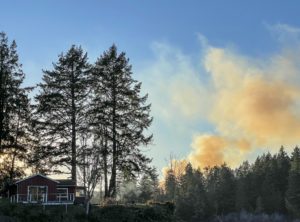 The American Property Casualty Insurance Association (APCIA) is pressing lawmakers to advance federal wildfire legislation, warning that inaction risks worsening losses for communities nationwide. …Sam Whitfield explained that federal reforms are essential to reduce wildfire risks, strengthen community resilience and protect lives and property. The House has passed its version of the Fix Our Forests Act, or H.R. 471, in January. In April, a companion bill, or S. 1462, was introduced in the Senate. Both bills align with recommendations from the Wildland Fire Mitigation and Management Commission. Provisions include reducing fuel loads in forests and rangelands, preventing utility infrastructure from sparking fires through vegetation management, and promoting community wildfire risk reduction. …The insurance industry has faced mounting wildfire-related losses. …Insurers have responded by tightening underwriting standards, reducing capacity in wildfire-exposed areas, and relying more heavily on reinsurance to absorb catastrophic risks.
The American Property Casualty Insurance Association (APCIA) is pressing lawmakers to advance federal wildfire legislation, warning that inaction risks worsening losses for communities nationwide. …Sam Whitfield explained that federal reforms are essential to reduce wildfire risks, strengthen community resilience and protect lives and property. The House has passed its version of the Fix Our Forests Act, or H.R. 471, in January. In April, a companion bill, or S. 1462, was introduced in the Senate. Both bills align with recommendations from the Wildland Fire Mitigation and Management Commission. Provisions include reducing fuel loads in forests and rangelands, preventing utility infrastructure from sparking fires through vegetation management, and promoting community wildfire risk reduction. …The insurance industry has faced mounting wildfire-related losses. …Insurers have responded by tightening underwriting standards, reducing capacity in wildfire-exposed areas, and relying more heavily on reinsurance to absorb catastrophic risks.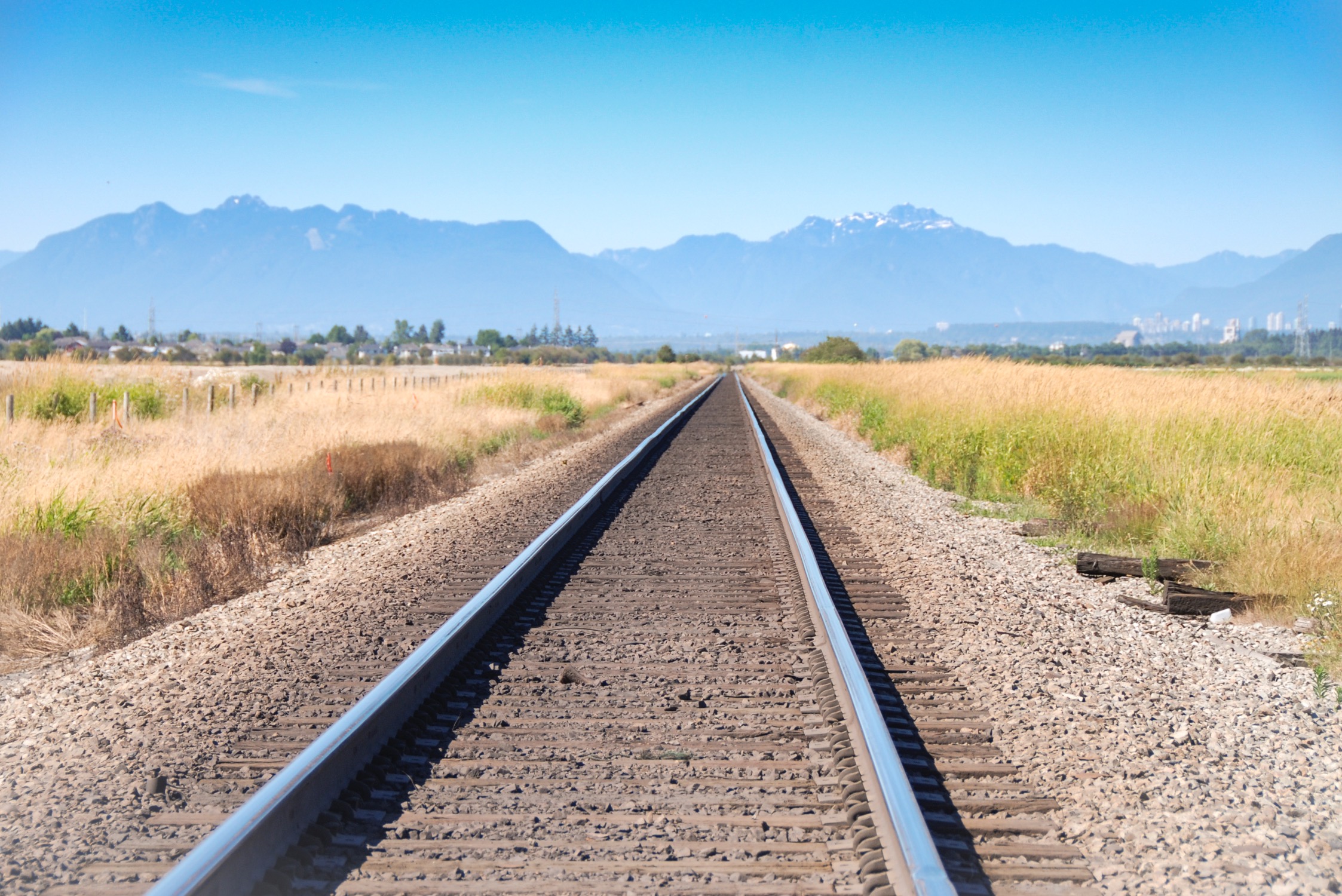 Trade associations representing various industries issued a letter Tuesday expressing “serious concerns” about a proposed merger between major rail companies Norfolk Southern and Union Pacific. “We write to express our serious concerns and reservations about the proposed merger between Union Pacific and Norfolk Southern,” said the letter, which came from trade associations representing manufacturing, chemical, energy and agriculture firms. “Past rail mergers have shown what happens when consolidation goes unchecked: service suffers, costs increase, and jobs disappear,” the trade groups wrote to the U.S. Surface Transportation Board. …The railroad companies, however, have argued that the merger will be a benefit to the country, improving efficiency and allowing for more routes. …In addition to the American Chemistry Council, signatories of the letter include the American Petroleum Institute, International Dairy Foods Association and the American Forest and Paper Association.
Trade associations representing various industries issued a letter Tuesday expressing “serious concerns” about a proposed merger between major rail companies Norfolk Southern and Union Pacific. “We write to express our serious concerns and reservations about the proposed merger between Union Pacific and Norfolk Southern,” said the letter, which came from trade associations representing manufacturing, chemical, energy and agriculture firms. “Past rail mergers have shown what happens when consolidation goes unchecked: service suffers, costs increase, and jobs disappear,” the trade groups wrote to the U.S. Surface Transportation Board. …The railroad companies, however, have argued that the merger will be a benefit to the country, improving efficiency and allowing for more routes. …In addition to the American Chemistry Council, signatories of the letter include the American Petroleum Institute, International Dairy Foods Association and the American Forest and Paper Association.
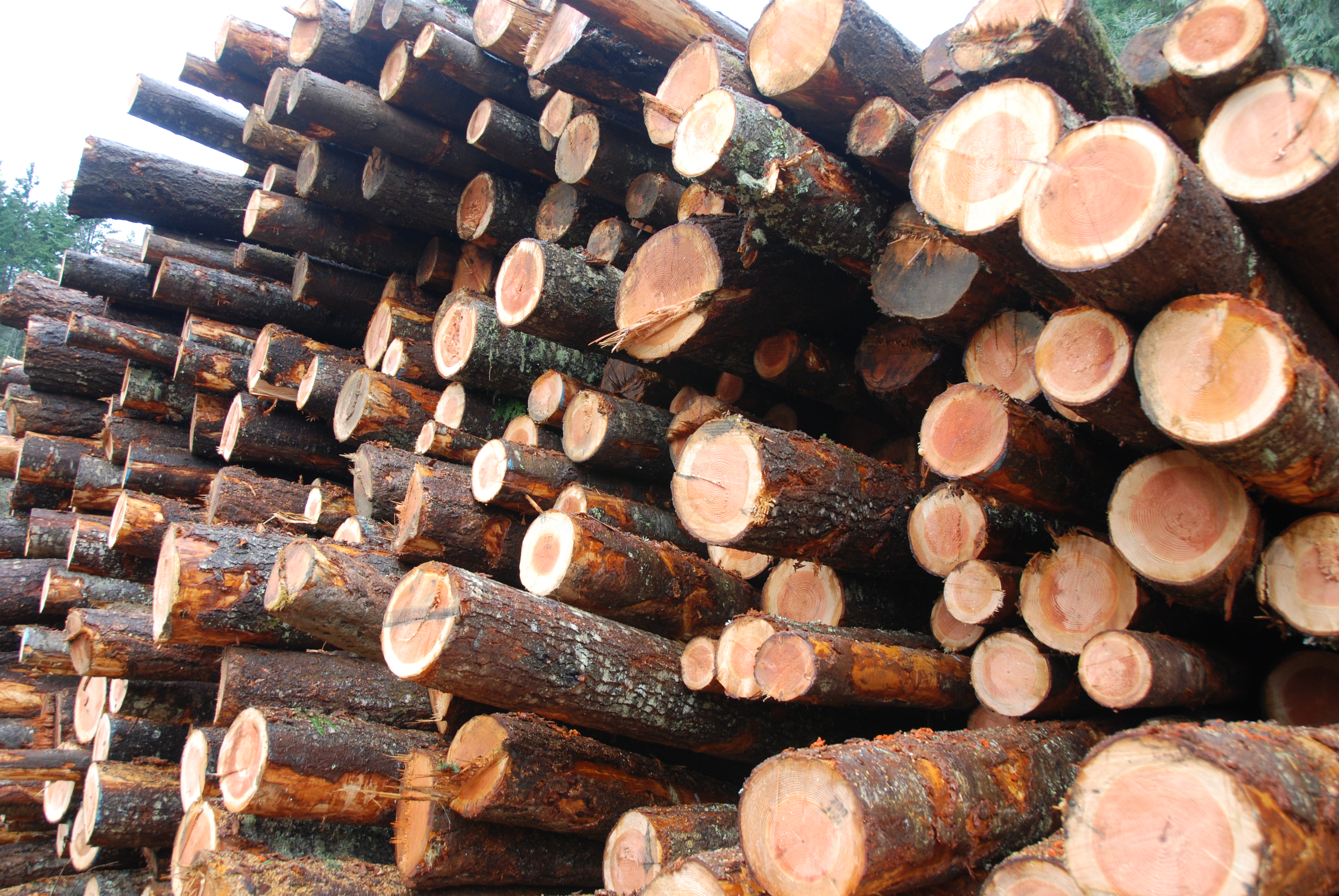 HORRY COUNTY, S.C. — A family-owned sawmill plans to create 18 jobs by opening a multi-million facility in northern Horry County amid high-profile shutdowns of other sites across the region. “This facility will support area businesses impacted by recent closures, and we’re proud to expand our services and give back to the region that has supported us,” Matthew Johnson, founder of Galivants Ferry Sawmill, said in a news release shared on Facebook by the Myrtle Beach Regional Economic Development Corporation. In August, Canfor closed its Darlington and Estill plants — eliminating 290 jobs in a move it blamed on “an extended period of consistently weak market conditions.” And in December, Georgetown County’s International Paper ended operations, cutting 674 jobs. The Galivants Ferry facility on McCracken Road will support the local timber industry and help fill the gap left by those closures
HORRY COUNTY, S.C. — A family-owned sawmill plans to create 18 jobs by opening a multi-million facility in northern Horry County amid high-profile shutdowns of other sites across the region. “This facility will support area businesses impacted by recent closures, and we’re proud to expand our services and give back to the region that has supported us,” Matthew Johnson, founder of Galivants Ferry Sawmill, said in a news release shared on Facebook by the Myrtle Beach Regional Economic Development Corporation. In August, Canfor closed its Darlington and Estill plants — eliminating 290 jobs in a move it blamed on “an extended period of consistently weak market conditions.” And in December, Georgetown County’s International Paper ended operations, cutting 674 jobs. The Galivants Ferry facility on McCracken Road will support the local timber industry and help fill the gap left by those closures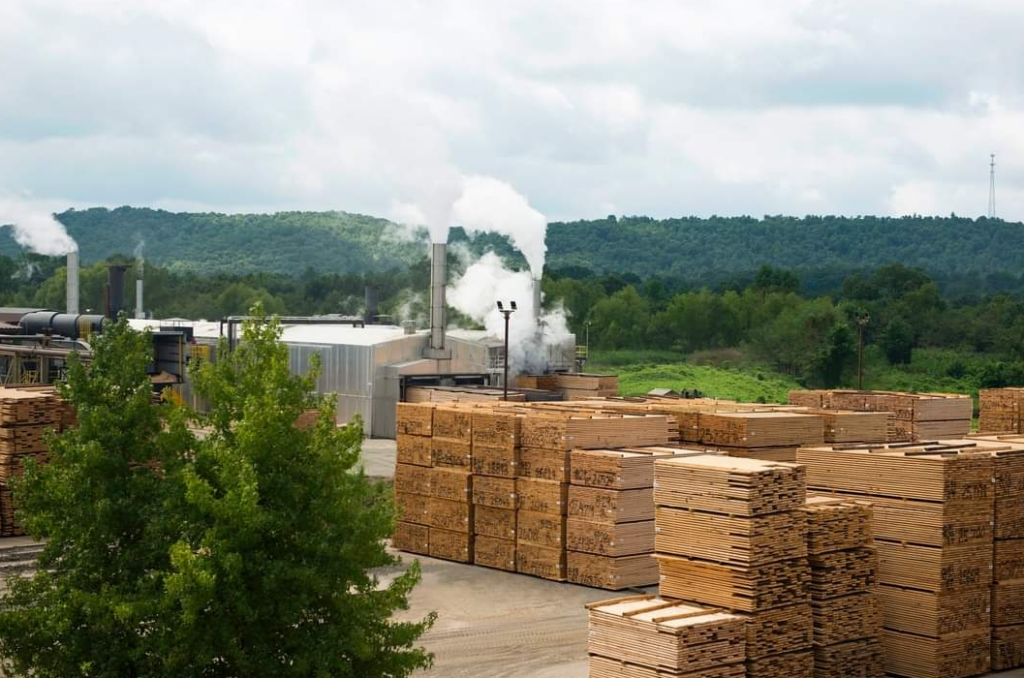
 JONESBORO — The Arkansas State University System board of trustees approved several policy changes during a meeting Friday at Arkansas State University. Trustees approved a policy to “ensure the efficient disposition of real property,” effective immediately. …Trustees also approved creation of a new hire and annual employee training policy — effective Jan. 1, 2026 — as the system doesn’t currently have a mandatory training policy. …Trustees approved naming the workforce training center at Arkansas State University Three Rivers for West Fraser for the next decade. …West Fraser “has made significant contributions to ASU Three Rivers, of a magnitude worthy of special gratitude and lasting recognition, including funding that will provide program support for workforce development and generous support through sponsorships, donations, resources, and collaboration that has created significant revenue for the college,” according to the resolution. …Over the past eight years, the college has collaborated on more than 15,000 training hours with West Fraser.
JONESBORO — The Arkansas State University System board of trustees approved several policy changes during a meeting Friday at Arkansas State University. Trustees approved a policy to “ensure the efficient disposition of real property,” effective immediately. …Trustees also approved creation of a new hire and annual employee training policy — effective Jan. 1, 2026 — as the system doesn’t currently have a mandatory training policy. …Trustees approved naming the workforce training center at Arkansas State University Three Rivers for West Fraser for the next decade. …West Fraser “has made significant contributions to ASU Three Rivers, of a magnitude worthy of special gratitude and lasting recognition, including funding that will provide program support for workforce development and generous support through sponsorships, donations, resources, and collaboration that has created significant revenue for the college,” according to the resolution. …Over the past eight years, the college has collaborated on more than 15,000 training hours with West Fraser. When the Trump administration more than doubled import fees on Canadian softwood lumber earlier this year, the goal was to support domestic prices and boost US production. Instead, prices have plunged, and mills on both sides of the border are scaling back. A benchmark for the commodity mostly used in construction has plunged 18% since an August peak to the lowest in seven months, driven by sluggish homebuilding activity and a glut of inventory. The drop shows how protectionist measures aren’t always enough to protect domestic industries from broader market dynamics at a time when high interest rates and elevated costs are squeezing consumers and weighing on their confidence, dampening demand for new homes. …“The US producers were looking for more of a price bump from the duties, and they didn’t get one,” said Brooks Mendell, at Forisk Consulting. “The interpretation of that is, well, the demand isn’t there.”
When the Trump administration more than doubled import fees on Canadian softwood lumber earlier this year, the goal was to support domestic prices and boost US production. Instead, prices have plunged, and mills on both sides of the border are scaling back. A benchmark for the commodity mostly used in construction has plunged 18% since an August peak to the lowest in seven months, driven by sluggish homebuilding activity and a glut of inventory. The drop shows how protectionist measures aren’t always enough to protect domestic industries from broader market dynamics at a time when high interest rates and elevated costs are squeezing consumers and weighing on their confidence, dampening demand for new homes. …“The US producers were looking for more of a price bump from the duties, and they didn’t get one,” said Brooks Mendell, at Forisk Consulting. “The interpretation of that is, well, the demand isn’t there.” 
 Major concerns are being expressed on both sides of the border regarding the higher US duties on Canada’s softwood lumber. …The current 35.19% duty, along with any steeper tariff, is detrimental to US homebuilders and homebuyers longer term, warns Rose Quint, of NAHB Survey Research. Higher mortgage rates of 6% to 7% since 2022 have already weakened housing demand and caused lumber prices to edge downwards. The real effect of tariffs might be delayed by wholesalers having stocked up building materials earlier in the year to avoid higher tariffs “Years of building above and beyond our traditional baseline is required to make up the 1.5 million deficit that we have in new housing units,” Quint adds. …Affordability challenges already existed and will be further worsened by the higher costs. …The overriding hope among the Canadian producers and American homebuilders is that a suitable agreement will be reached between the US and Canada.
Major concerns are being expressed on both sides of the border regarding the higher US duties on Canada’s softwood lumber. …The current 35.19% duty, along with any steeper tariff, is detrimental to US homebuilders and homebuyers longer term, warns Rose Quint, of NAHB Survey Research. Higher mortgage rates of 6% to 7% since 2022 have already weakened housing demand and caused lumber prices to edge downwards. The real effect of tariffs might be delayed by wholesalers having stocked up building materials earlier in the year to avoid higher tariffs “Years of building above and beyond our traditional baseline is required to make up the 1.5 million deficit that we have in new housing units,” Quint adds. …Affordability challenges already existed and will be further worsened by the higher costs. …The overriding hope among the Canadian producers and American homebuilders is that a suitable agreement will be reached between the US and Canada. 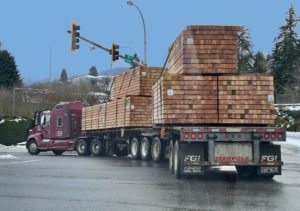 Higher duty rate and possible additional tariffs have transportation modes on edge. The softwood lumber dispute threatens to have repercussions on various transportation modes, particularly trucking. “Our members are saying their business is still okay, even with the softer rates due to mill overcapacity, but they’re worried that if anyone pushes on this wall with more tariffs, there’s nothing to hold it up,” says Dave Earle, the BC Trucking Association’s CEO. …Trucking has already been dealing with the overcapacity that was put in place for the greater demands for deliveries for most everything during the pandemic but has not subsided. …In terms of rail services, CPKC has seen its forest product shipments rise this year to date based on revenue ton miles. …At the Port of Vancouver in British Columbia, the potential to export more lumber is significant with approximately half of last year’s containers leaving the port empty.
Higher duty rate and possible additional tariffs have transportation modes on edge. The softwood lumber dispute threatens to have repercussions on various transportation modes, particularly trucking. “Our members are saying their business is still okay, even with the softer rates due to mill overcapacity, but they’re worried that if anyone pushes on this wall with more tariffs, there’s nothing to hold it up,” says Dave Earle, the BC Trucking Association’s CEO. …Trucking has already been dealing with the overcapacity that was put in place for the greater demands for deliveries for most everything during the pandemic but has not subsided. …In terms of rail services, CPKC has seen its forest product shipments rise this year to date based on revenue ton miles. …At the Port of Vancouver in British Columbia, the potential to export more lumber is significant with approximately half of last year’s containers leaving the port empty. 

 Single-family housing permits slipped for the seventh month in a row, highlighting affordability headwinds and weak demand. While multifamily permits ticked up, the sector’s volatility leaves the outlook uncertain. The split underscores a housing market still under strain, with single-family softness weighing on broader growth prospects. Over the first seven months of 2025, the total number of single-family permits issued year-to-date (YTD) nationwide reached 565,208. On a year-over-year (YoY) basis, this is a decline of 5.7% over the July 2024 level of 599,308. For multifamily, the total number of permits issued nationwide reached 286,836. This is 2.6% higher compared to the July 2024 level of 279,618.
Single-family housing permits slipped for the seventh month in a row, highlighting affordability headwinds and weak demand. While multifamily permits ticked up, the sector’s volatility leaves the outlook uncertain. The split underscores a housing market still under strain, with single-family softness weighing on broader growth prospects. Over the first seven months of 2025, the total number of single-family permits issued year-to-date (YTD) nationwide reached 565,208. On a year-over-year (YoY) basis, this is a decline of 5.7% over the July 2024 level of 599,308. For multifamily, the total number of permits issued nationwide reached 286,836. This is 2.6% higher compared to the July 2024 level of 279,618.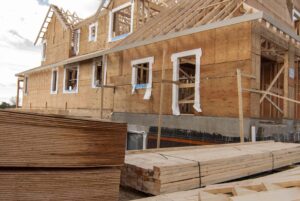 Housing starts in the US fell last month to the lowest since May, as bloated home inventory slowed builders’ appetites to boost production. New residential construction decreased 8.5% last month to an annualized rate of 1.31 million homes, government data released Wednesday showed. The median forecast in a Bloomberg survey of economist was for 1.37 million starts. Meantime, starts of one-family homes fell 7% to an annualized 890,000, the lowest in more than a year. Multifamily construction, which has helped lift overall construction in recent months, also declined, falling nearly 12% to a three-month low. …Traders expect the Federal Reserve to trim interest rates multiple times this year, starting on Wednesday. And separate data out Wednesday showed mortgage rates fell last week to the lowest level in nearly a year, spurring a surge in refinancing.
Housing starts in the US fell last month to the lowest since May, as bloated home inventory slowed builders’ appetites to boost production. New residential construction decreased 8.5% last month to an annualized rate of 1.31 million homes, government data released Wednesday showed. The median forecast in a Bloomberg survey of economist was for 1.37 million starts. Meantime, starts of one-family homes fell 7% to an annualized 890,000, the lowest in more than a year. Multifamily construction, which has helped lift overall construction in recent months, also declined, falling nearly 12% to a three-month low. …Traders expect the Federal Reserve to trim interest rates multiple times this year, starting on Wednesday. And separate data out Wednesday showed mortgage rates fell last week to the lowest level in nearly a year, spurring a surge in refinancing.


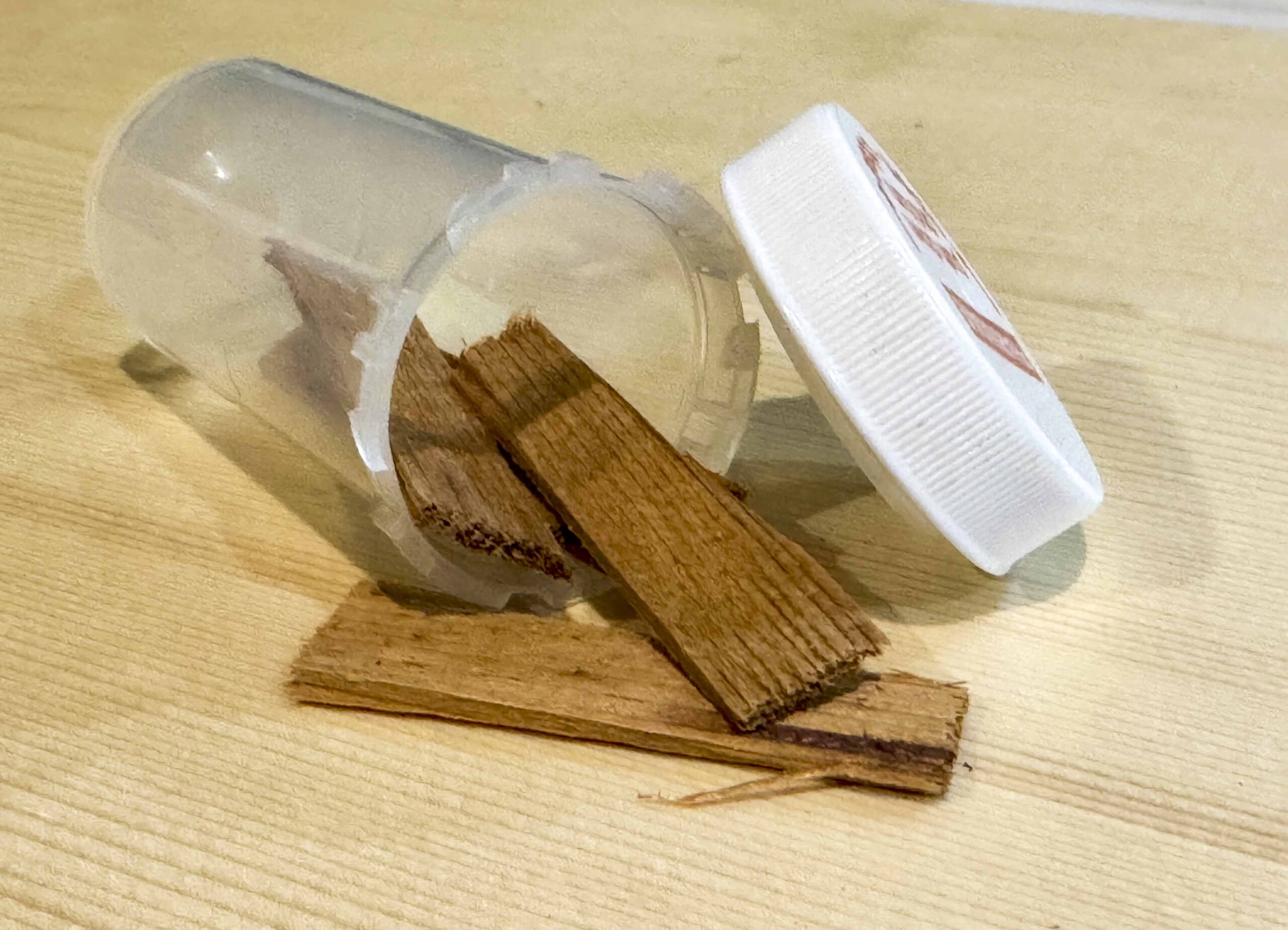 ORONO, Maine — At the
ORONO, Maine — At the 

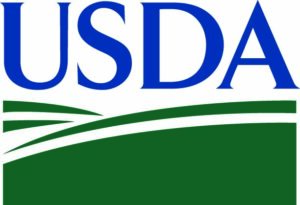 US Secretary of Agriculture Rollins issued a
US Secretary of Agriculture Rollins issued a 
 The U.S. Department of Agriculture announced this summer it was moving to rescind the Roadless Rule, a 2001 law that protects large swaths of National Forest land from development. That includes more than half of the Tongass National Forest, where Juneau is located. On Saturday, more than 100 people gathered in the state capital to protest the move. …Alaska’s Congressional delegation unanimously supports the rollback of the Roadless Rule. U.S. Sen. Lisa Murkowski has said that most of the Tongass would still be protected without it — the parts of the forest that are already designated as wilderness. …But protesters say Alaskans have more to lose in risks to the land and waterways than what they have to gain through further development. Lingít elders and fishing and tourism industry experts took the mic Saturday to deliver a message: the Roadless Rule should be left alone.
The U.S. Department of Agriculture announced this summer it was moving to rescind the Roadless Rule, a 2001 law that protects large swaths of National Forest land from development. That includes more than half of the Tongass National Forest, where Juneau is located. On Saturday, more than 100 people gathered in the state capital to protest the move. …Alaska’s Congressional delegation unanimously supports the rollback of the Roadless Rule. U.S. Sen. Lisa Murkowski has said that most of the Tongass would still be protected without it — the parts of the forest that are already designated as wilderness. …But protesters say Alaskans have more to lose in risks to the land and waterways than what they have to gain through further development. Lingít elders and fishing and tourism industry experts took the mic Saturday to deliver a message: the Roadless Rule should be left alone.
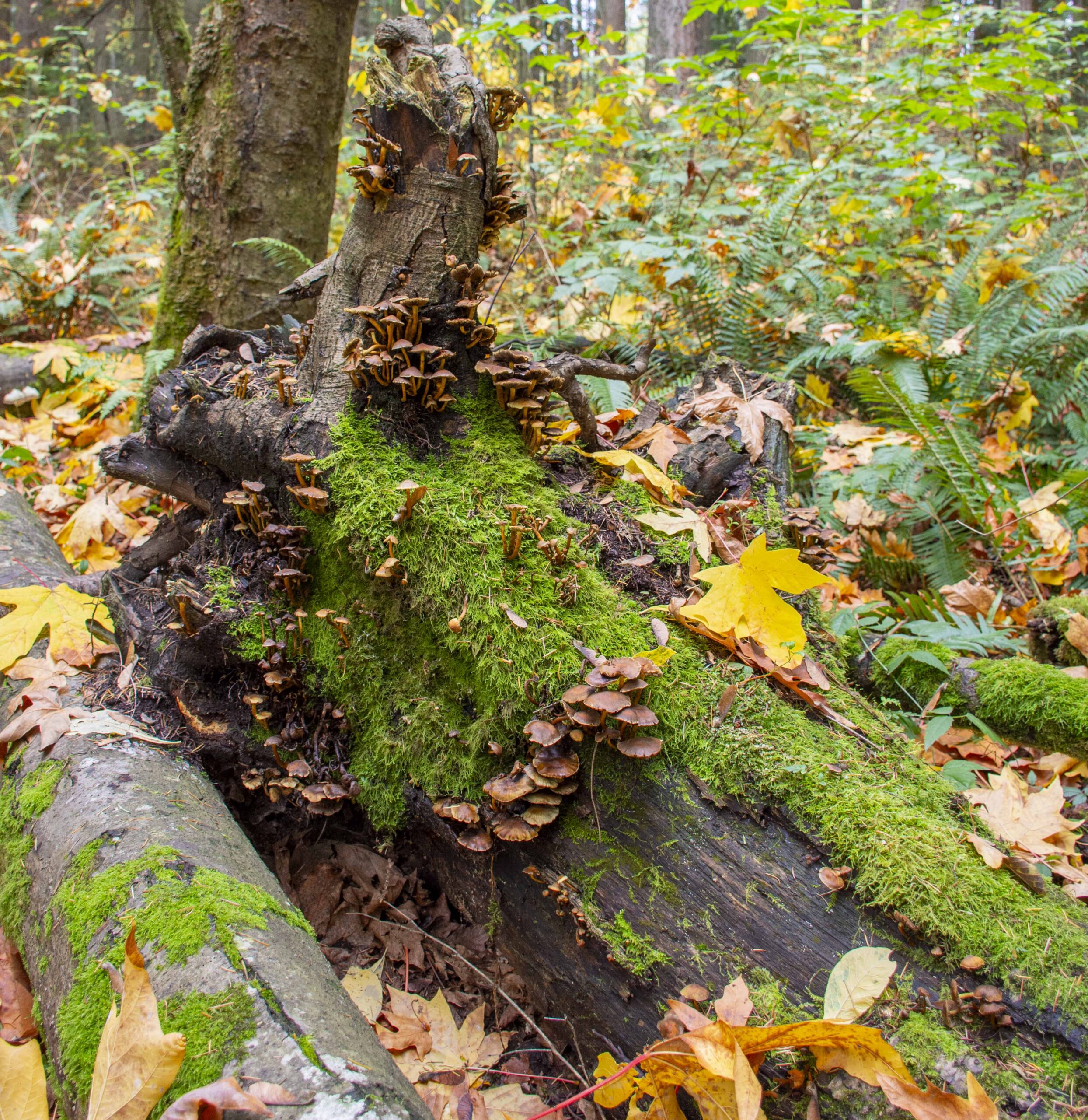 Mark Harmon, a longtime faculty member at Oregon State University, has been watching number 219, and more than 500 other logs nearby, decay for 40 years. He has trekked to this site in the H. J. Andrews Experimental Forest, a watershed nestled in Oregon’s western Cascade Mountains, at least 100 times. His goal: establish an exhaustive baseline dataset that any scientist could use to test hypotheses about tree decomposition or to compare patterns of decomposition in the Pacific Northwest with those in other regions. …In a 2020 analysis, Harmon and his colleagues estimated that decay rates can vary by a whopping 244-fold across species and climates. …Scientists used to assume that decomposition was instantaneous, Harmon says—that when a tree dies, it essentially disappears. “But that’s not true anywhere on Earth, and it’s never been true,” he says. A dead tree is “just a transition to something else.”
Mark Harmon, a longtime faculty member at Oregon State University, has been watching number 219, and more than 500 other logs nearby, decay for 40 years. He has trekked to this site in the H. J. Andrews Experimental Forest, a watershed nestled in Oregon’s western Cascade Mountains, at least 100 times. His goal: establish an exhaustive baseline dataset that any scientist could use to test hypotheses about tree decomposition or to compare patterns of decomposition in the Pacific Northwest with those in other regions. …In a 2020 analysis, Harmon and his colleagues estimated that decay rates can vary by a whopping 244-fold across species and climates. …Scientists used to assume that decomposition was instantaneous, Harmon says—that when a tree dies, it essentially disappears. “But that’s not true anywhere on Earth, and it’s never been true,” he says. A dead tree is “just a transition to something else.” The Trump administration is looking to finalize a repeal of a longstanding Roadless Rule with a public comment period that
The Trump administration is looking to finalize a repeal of a longstanding Roadless Rule with a public comment period that 
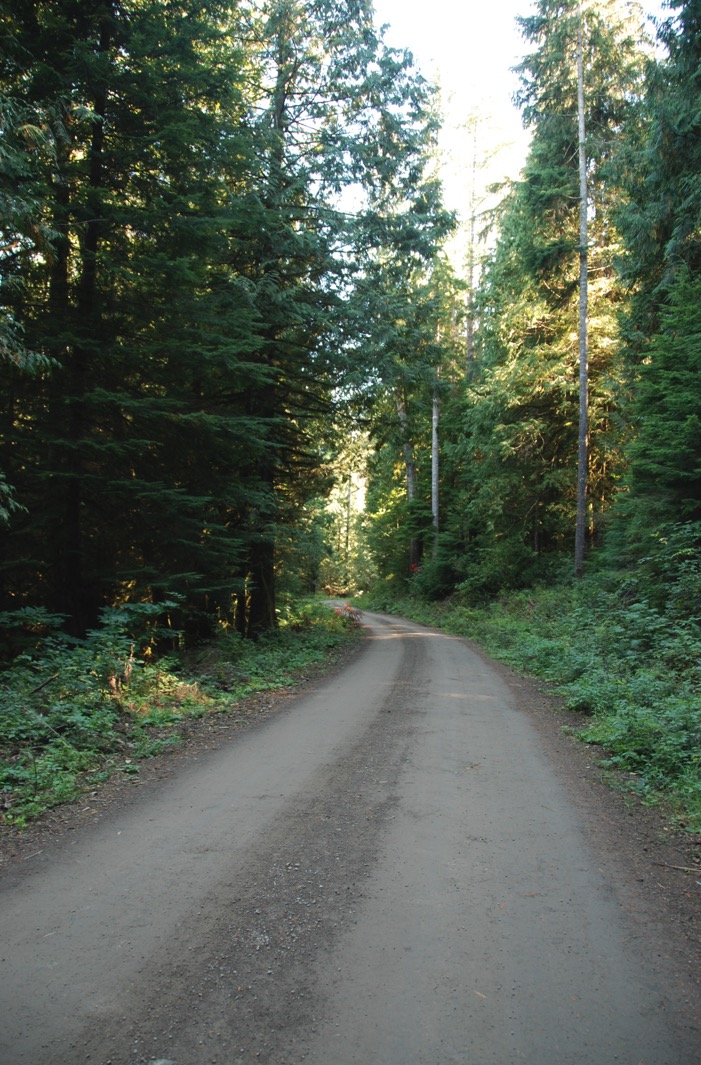 President Donald Trump’s Secretary of Agriculture has moved to rescind the “roadless rule” that protects portions of national forests from development — including 4.4 million acres in California — and members of the public can still submit comments about the change to the federal government. Every national forest in California would be affected. Commenters can weigh in through the online form on regulations.gov through Sept. 19; the docket is FS-2025-0001-0001. Since 2001, the roadless rule has protected designated areas from development and logging, limiting or barring the construction or reconstruction of roads. About 21% of California’s national forestlands are protected. Throughout the U.S., the 2001 rule covers 59 million acres. The administration has said the move to end the rule would open up these forests to more logging and has said that more roads would help with wildfire prevention. As NPR reported, the U.S. Forest Service has previously found that roads appeared to do nothing to mitigate wildfires.
President Donald Trump’s Secretary of Agriculture has moved to rescind the “roadless rule” that protects portions of national forests from development — including 4.4 million acres in California — and members of the public can still submit comments about the change to the federal government. Every national forest in California would be affected. Commenters can weigh in through the online form on regulations.gov through Sept. 19; the docket is FS-2025-0001-0001. Since 2001, the roadless rule has protected designated areas from development and logging, limiting or barring the construction or reconstruction of roads. About 21% of California’s national forestlands are protected. Throughout the U.S., the 2001 rule covers 59 million acres. The administration has said the move to end the rule would open up these forests to more logging and has said that more roads would help with wildfire prevention. As NPR reported, the U.S. Forest Service has previously found that roads appeared to do nothing to mitigate wildfires.
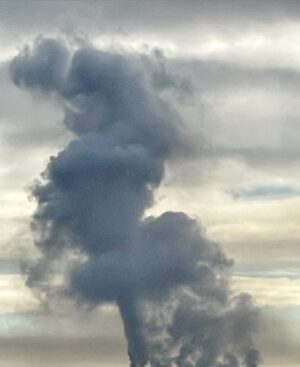 WASHINGTON — Evidence that climate change harms public health is “beyond scientific dispute,” the independent National Academy of Sciences said in response to the Trump administration’s efforts to revoke a landmark U.S. government finding to that effect that underpins key environmental regulations. The NAS, a non-governmental nonprofit set up to advise the government on science, said human activity is releasing greenhouse gases that are warming the planet, increasing extreme temperatures and changing the oceans, all dangerous developments for the health and welfare of the United States public. Evidence to that effect has only grown stronger since 2009, the group said. In July, the Trump administration proposed revoking what’s known as the 2009 “endangerment” finding, the concept that climate change is a threat. Overturning it could pave the way for cutting a range of rules that limit pollution from cars, power plants and other sources.
WASHINGTON — Evidence that climate change harms public health is “beyond scientific dispute,” the independent National Academy of Sciences said in response to the Trump administration’s efforts to revoke a landmark U.S. government finding to that effect that underpins key environmental regulations. The NAS, a non-governmental nonprofit set up to advise the government on science, said human activity is releasing greenhouse gases that are warming the planet, increasing extreme temperatures and changing the oceans, all dangerous developments for the health and welfare of the United States public. Evidence to that effect has only grown stronger since 2009, the group said. In July, the Trump administration proposed revoking what’s known as the 2009 “endangerment” finding, the concept that climate change is a threat. Overturning it could pave the way for cutting a range of rules that limit pollution from cars, power plants and other sources.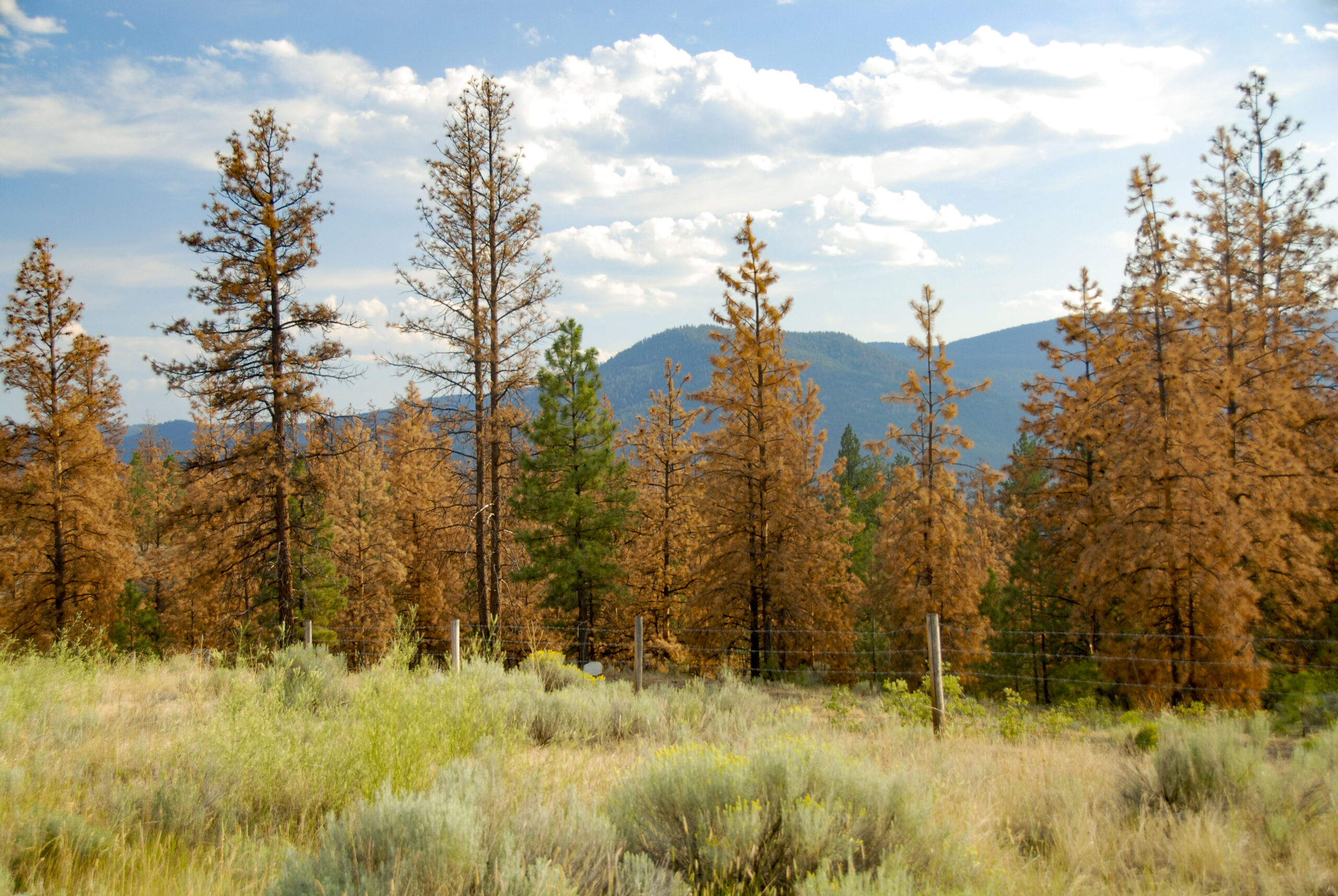 The American Biomass Energy Association and Pellet Fuels Institute are among 400-plus associations, businesses and landowners representing the forest products sector that sent a letter to President Donald Trump on Sept. 8 urging immediate action to stabilize the U.S. forestry sector and its access to markets in the face of mounting mill closures, devastating natural disasters, pests and diseases, and unfair foreign trade practices. “Together, these forces are pushing many landowners to exit forestry altogether,” the groups wrote. “If forests are abandoned or converted, the consequences for our domestic timber supply, as well as markets for housing, infrastructure, consumer products, energy, rural livelihoods, and environmental security, will be severe. …The letter outlines four immediate steps the Trump administration can take to spark job creation and economic growth. This includes promoting the use of biomass for electricity and expanding the definition of qualifying wood biomass under the Renewable Fuel Standard.
The American Biomass Energy Association and Pellet Fuels Institute are among 400-plus associations, businesses and landowners representing the forest products sector that sent a letter to President Donald Trump on Sept. 8 urging immediate action to stabilize the U.S. forestry sector and its access to markets in the face of mounting mill closures, devastating natural disasters, pests and diseases, and unfair foreign trade practices. “Together, these forces are pushing many landowners to exit forestry altogether,” the groups wrote. “If forests are abandoned or converted, the consequences for our domestic timber supply, as well as markets for housing, infrastructure, consumer products, energy, rural livelihoods, and environmental security, will be severe. …The letter outlines four immediate steps the Trump administration can take to spark job creation and economic growth. This includes promoting the use of biomass for electricity and expanding the definition of qualifying wood biomass under the Renewable Fuel Standard. 

 Wildfire smoke is the air quality nightmare of our generation, eating away at previous gains made by cracking down on industrial emissions and tailpipe pollution. Constant exposure to smoke is becoming a chronic threat even in places that historically haven’t had many wildfires. …All that smoke is projected to lead to tens of thousands more premature deaths in the coming years, according to a pair of eye-opening research papers published today in the journal Nature. …“Increasing wildfire smoke is a lived experience now for most people around the US,”
Wildfire smoke is the air quality nightmare of our generation, eating away at previous gains made by cracking down on industrial emissions and tailpipe pollution. Constant exposure to smoke is becoming a chronic threat even in places that historically haven’t had many wildfires. …All that smoke is projected to lead to tens of thousands more premature deaths in the coming years, according to a pair of eye-opening research papers published today in the journal Nature. …“Increasing wildfire smoke is a lived experience now for most people around the US,” 
